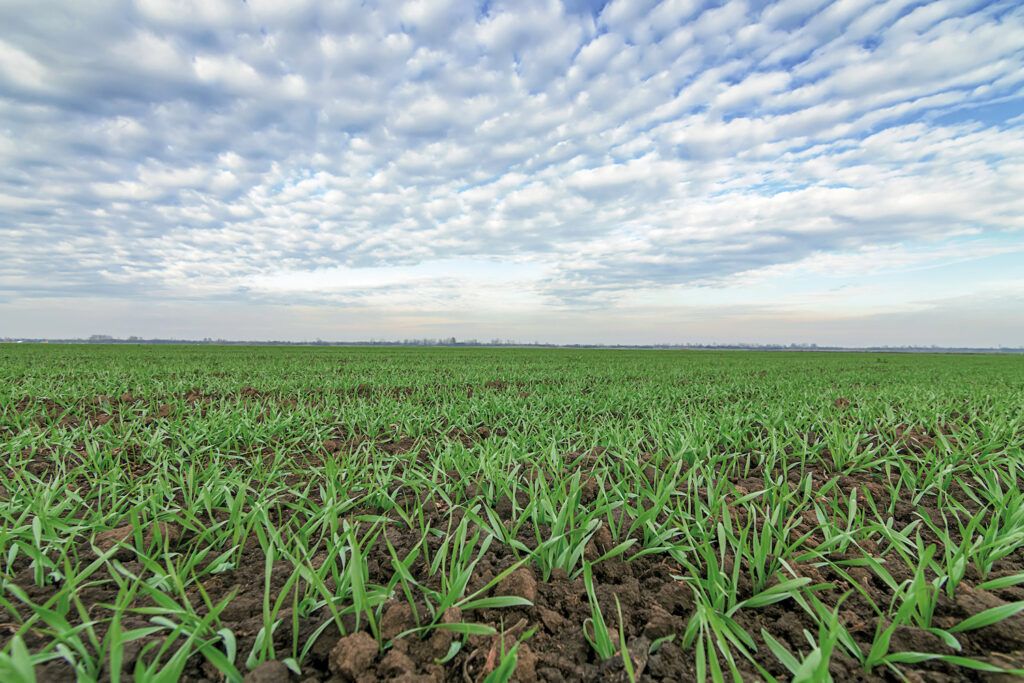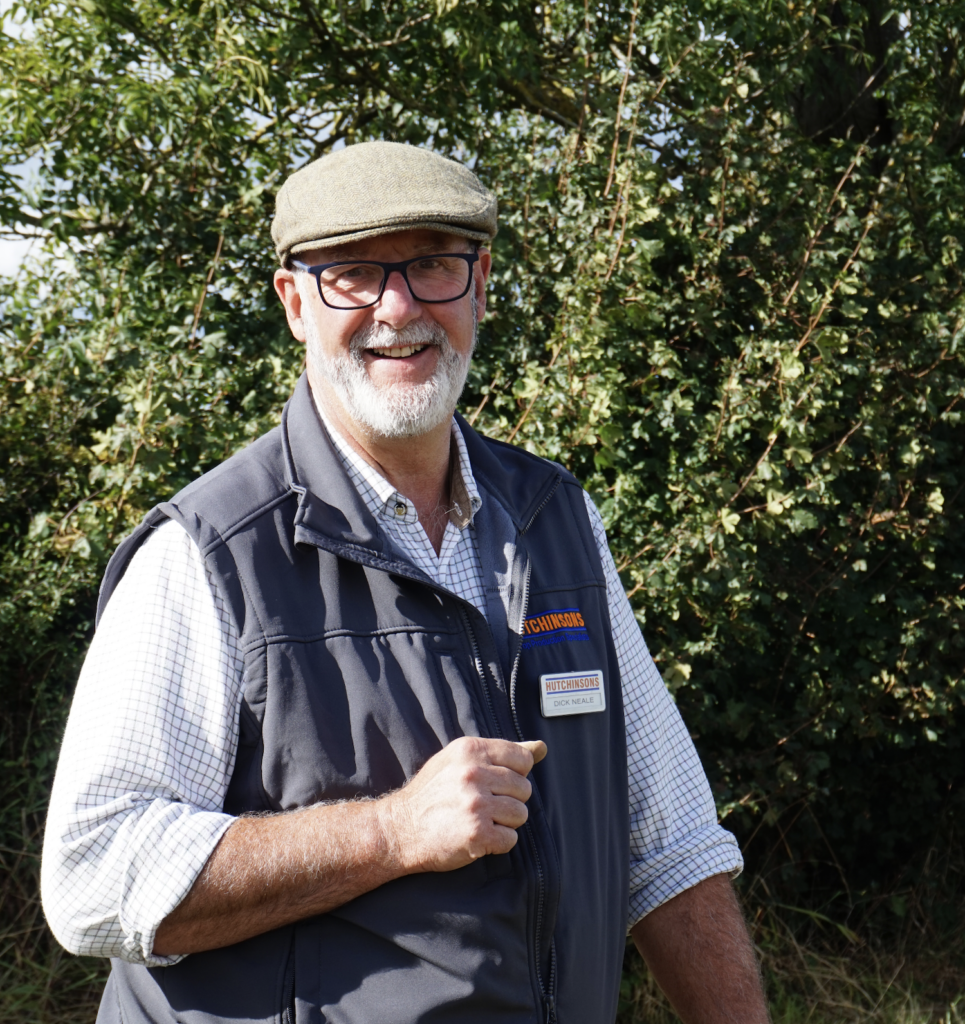Feeding late-drilled wheat key to driving yield
24th October 2023
Late drilling of winter wheat has become an increasingly common practice across UK arable farms for controlling black-grass, for second wheats and crops that are being sown after sugar beet and potatoes, and requires careful management to ensure maximum yields can be met.

Late drilling is considered to be from mid-October onwards and presents a unique set of challenges as well as opportunities to the crop, as the days shorten, soils get colder and crops take longer to emerge.

“As well as allowing for black-grass control and helping with avoiding aphid flights to minimise the risk of BYDV, as later sown crops take longer to emerge they are also likely to have less over-wintered inoculum, and a thinner canopy which may reduce disease pressure from septoria. But beware of an increased risk of juvenile yellow rust,” says Ben Haste, agronomist for Farmacy, based in Suffolk.
“However, these benefits need to be balanced against the risks of poorer establishment, reduced yield, and weaker rooting – as from mid-October onwards, soils will be rapidly cooling, resulting in less biological cycling in the soil and thus a much slower availability of nutrients to the plant,” he adds.
“We know one of the key components to achieving high biomass crops in May, June and July is the management of the early foundation stage of crop development, so it is important to ensure crops are not held back through nutrient deficiencies.”
Feeding the late drilled crop
“Success for this drilling slot requires more of a pre-planned approach to plant nutrition than earlier autumn planting,” comments Dick Neale, technical manager for Hutchinsons.
“Until the plant is up and out of the ground, and there is enough leaf to take a tissue sample, it’s not actually possible to gain an accurate measurement of any deficiencies – and even then, it’s not legal to apply nitrogen in autumn, so it’s important to consider this before the crop goes into the ground.”

He points out that phosphorus is key at this time in the plant’s growth both above and below the ground, and is best applied as a placement fertiliser at drilling – either as Primary-P or Crystal Green as microgranules, or Laguna as a liquid form.
“On black, fen soils, which is generally where much later drilling is being carried out, manganese can often be deficient, so it’s also important to consider this.”
Crystal Green is a struvite form of phosphorus, which provides a low carbon form of phosphorus that is removed from waste water. It’s not water soluble, so it doesn’t leach or move far in the soil, and therefore is best used later in the autumn when soils are generally wetter. Crystal Green works by responding to crop demand; naturally releasing phosphorus, along with nitrogen and magnesium (5-28-0 with 10% Mg), so the plant regulates what it needs.The phosphate in Primary P is highly water soluble, but protected from being locked up in the soil – making it well suited to lighter, drier soils.
Come the spring
“Late-drilled crops tend to be thinner with a more open canopy, so once spring arrives and soil temperatures begin to warm up and dry up, then this is the time to get on some early nitrogen, get the plant building and maximising tiller retention and really build up that critical biomass,” says Mr Neale.
“If conditions permit, apply 60–80kg N/ha in mid-February, ideally accompanied by fresh phosphate (unless phosphate went on earlier as a placement fertiliser), some potash to support shoot development, and sulphur to balance the nitrogen. Phosphites are well-proven at this time to bolster root and tillering.
“Then you should come back with the nitrogen regularly to keep the crops going, so you don’t leave a ‘hunger gap’. It will be possible now to take reliable tissue samples to get a more accurate nutrient picture and respond to this.
“Once crops are growing away, apply an early, low temperature-active PGR. This will help tiller retention, promote rooting and counteract the tendency for thick crops with thinner shoots to be more prone to lodging.
“It’s all a matter of recognising the challenges of later drilling and doing everything possible to counteract them so you can take full advantage of its valuable role in managing black-grass, without compromising yield,” Mr Neale concludes.
